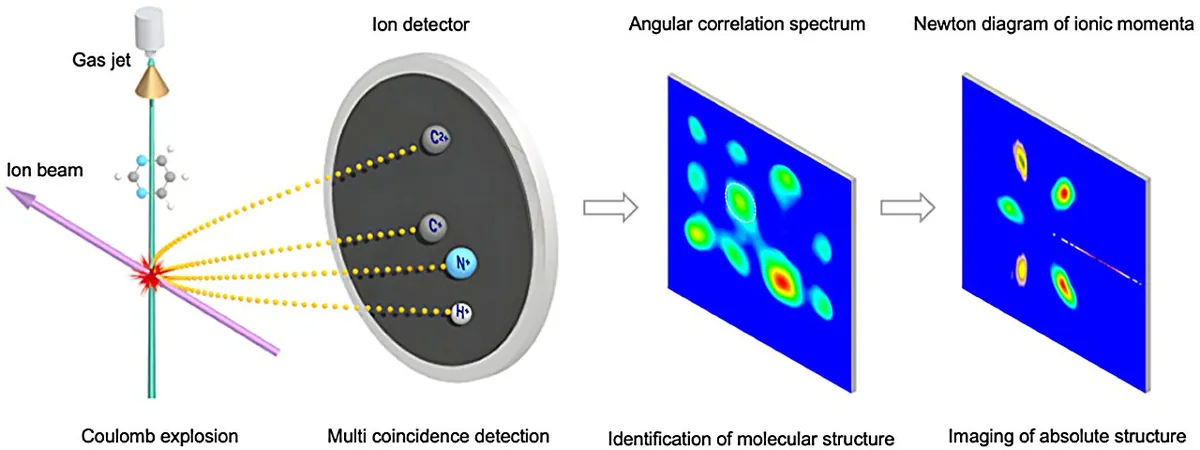
Revolutionary Breakthrough: Physicists Reveal the Secrets of Complex Molecules with High-Precision Imaging!
2024-11-13
Author: Noah
Introduction
In an exciting new development in the field of molecular imaging, researchers from the Institute of Modern Physics at the Chinese Academy of Sciences have made significant strides in understanding complex molecular structures. Their study, published in the respected journal Physical Review Letters, introduces a groundbreaking technique known as Coulomb Explosion Imaging (CEI) that utilizes highly charged ions to visualize molecules with unprecedented precision.
Limitations of Traditional Techniques
Traditionally, molecular imaging techniques, particularly CEI, have been limited to smaller molecules consisting of five atoms or fewer. Previous methods primarily relied on intense laser or X-ray pulses, which, while powerful, fell short when it came to imaging more complex structures, especially those involving hydrogen atoms – the building blocks of organic chemistry.
Breakthrough in C4H4N2 Imaging
However, the research team has shattered this barrier by successfully triggering a Coulomb explosion in C4H4N2 molecules using a high-energy ion beam of C5+ ions at the Heavy Ion Research Facility in Lanzhou. This method involves exposing the molecules to an incredibly short and powerful electronic field, stripping away more than 10 electrons in less than one femtosecond.
Importance of the Study
Prof. Xu Shenyue, a lead author of the study, emphasized the importance of this approach, stating, "This is the key point for the high-precision imaging of hydrogen atoms."
Advanced Reaction Microscopy
Utilizing advanced reaction microscopy, the team was able to capture and analyze ionic fragments such as H+, C2+, C+, and N+. By reconstructing the momentum of these fragments, they achieved detailed imaging that successfully included all constituent atoms, even the challenging hydrogen atoms that have eluded researchers for so long.
Significance of the Advancement
This remarkable advancement signifies a new frontier in molecular imaging, allowing scientists to accurately investigate molecules containing up to 10 atoms. The research has also paved the way for innovative applications in chemistry, biology, and materials science by offering a technique that can distinguish between different isomeric structures based on the angular correlations of the fragments produced during the Coulomb explosion.
Future Implications
As these findings gain traction, they may not only enhance our understanding of complex molecular interactions but could also have far-reaching implications in drug development, materials engineering, and beyond. The potential to visualize and manipulate molecules with such precision brings scientists one step closer to unlocking the vast mysteries of chemistry.
Conclusion
Stay tuned for more updates as this exciting field continues to unfold!









 Brasil (PT)
Brasil (PT)
 Canada (EN)
Canada (EN)
 Chile (ES)
Chile (ES)
 España (ES)
España (ES)
 France (FR)
France (FR)
 Hong Kong (EN)
Hong Kong (EN)
 Italia (IT)
Italia (IT)
 日本 (JA)
日本 (JA)
 Magyarország (HU)
Magyarország (HU)
 Norge (NO)
Norge (NO)
 Polska (PL)
Polska (PL)
 Schweiz (DE)
Schweiz (DE)
 Singapore (EN)
Singapore (EN)
 Sverige (SV)
Sverige (SV)
 Suomi (FI)
Suomi (FI)
 Türkiye (TR)
Türkiye (TR)